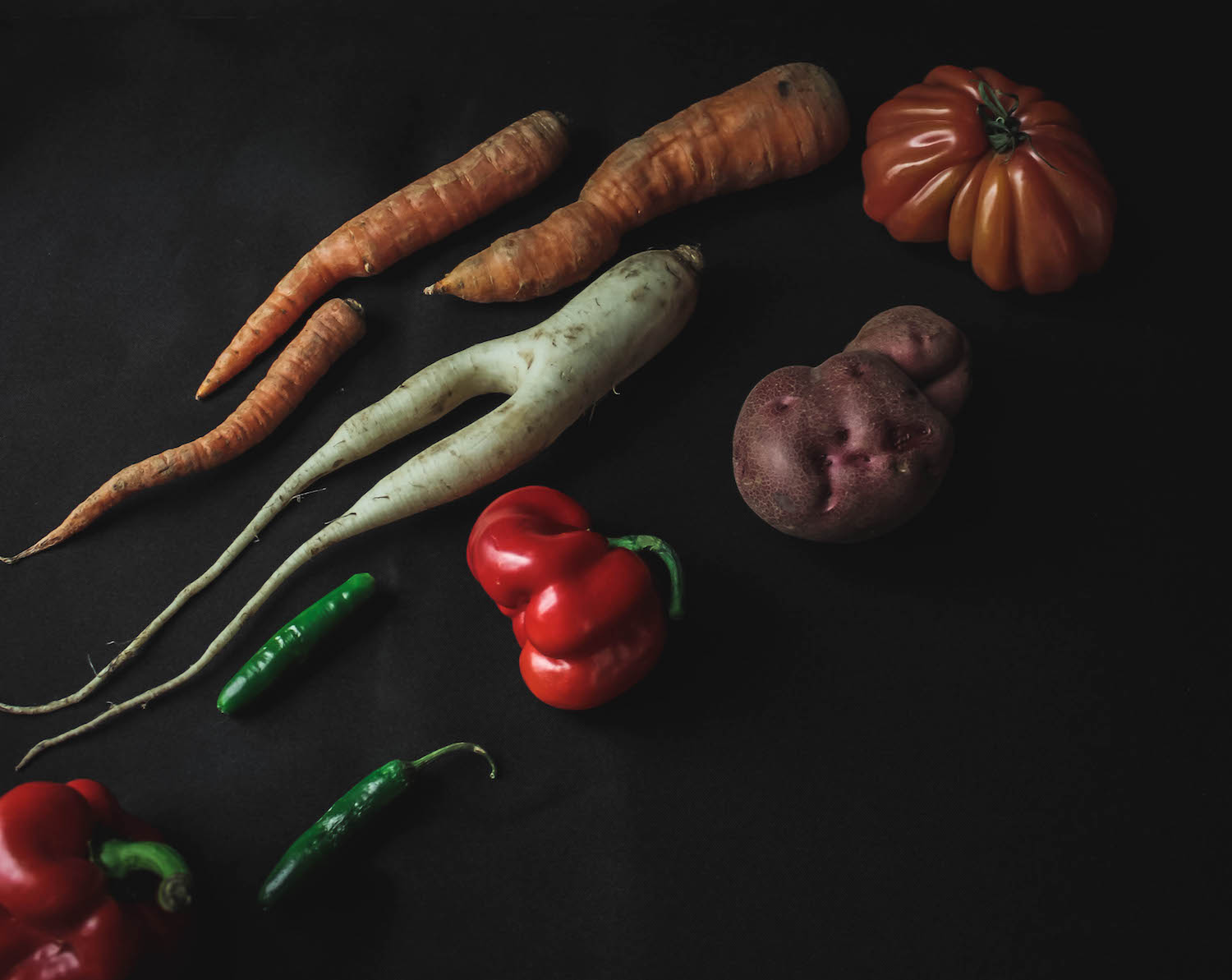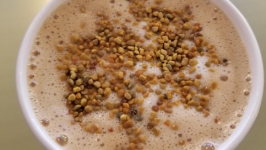The Beasts: Chefs, Growers, and Food Photographers Rally Behind the Ugly Food Movement
It’s not rare to see diners at restaurants whipping out their smartphones to document the beautiful appearance of a well-plated meal; you may have even done it at home to share with your #foodie friends on Instagram.
Demand for beautiful, shareable, artistic food is high, and that means some not-so-beautiful specimens end up in the trash. This is why chefs, growers, food photographers, and more are now rallying behind what they affectionately refer to as the Ugly Food Movement— and it’s not just about reclaiming flawed fruits and veggies, it’s about building a sustainable system that reduces food waste by changing shoppers’ food-buying habits.
Think about the last time you bought a load of fresh fruits and vegetables-- did you pass up a couple of bruised apples? Maybe you left behind a crooked carrot in favor of the more traditional “Frosty’s nose” variety. More than a third of produce sold in the United States is thrown out before it even reaches the checkout lane— some sources place the number as high as 50% in 2017— so obviously retailers know what you’re looking for: most consumers want pretty, “perfect,” produce free of blemishes and bruises. Wilted lettuce and brown apples need not apply. The unfortunate side-effect of those preferences is that millions of pounds of edible, nutritious food end up in landfills every year, feeding flies and not people.
Ugly food is practical too. Containing the same amount of nutrients, buying misshapen, discolored, or otherwise unappealing food helps reduce waste, and at many grocery stores and supermarkets you’ll even find them at a lower price— like your Co-op’s discounted brown bananas, for example. Not only does that mean less cost for the consumer, it adds up to extra profits for farmers. Normally, unappealing produce has to be shipped back to its source to be wasted– shipping paid by the farmer. When ugly food sells, farmers profit on what would have otherwise been a loss.
While major retailers are slow to adopt trends like the Ugly Food Movement, Moscow is fortunate to have options for consumers who want to support local farmers and reduce food waste. Of course shopping at the Co-op is one way to do that, and during the summer and early fall, the Farmer’s Market provides you with local choices raised by small-scale growers.
It takes more than voting with your wallet to keep the movement alive, however. Organizations like the Food Recovery Network are helping support food banks and community centers by redistributing rejected produce. Washington State University hosts a chapter of the Food Recovery Network that partners with the Whitman County Community Action Center to help collect unwanted fruits and veggies from local stores and campus dining services. Even now, you can go to imperfectproduce.com to sign up for a monthly delivery box of fresh, organic, ugly produce to turn into beautiful, nutritious meals for your family.
Because of the Ugly Food Movement, laws have been rolled back which prescribed specific standards of appearance for fruits and vegetables in countries across the world. A petition featured recently on change.org calling on large retailers to start carrying ugly produce collected over 130,000 signatures, and you can find additional calls to action today.
Talk with your neighbors about ugly produce — and if you grow your own, show off your non-traditional produce to friends and family so they can see how beautiful “ugly” food can be. Don’t be afraid to encourage them to be more thoughtful about what they keep and what they toss. For more research, check out Ugly Food: Overlooked & Undercooked by Tim Wharton and Richard Horsey. As they point out, changing our food systems will mean changing how we think and talk about food.
One thing we have in common with the food we eat is that you can’t always judge a book by its cover. When it comes to food and people, it’s what’s inside that really counts.
Moscow Food Co-op | @moscowfoodcoop
Food Recovery Network | @foodrecovery
Whitman County Community Action Center
This article was originally printed in Moscow Food Co-op's magazine, Rooted.








